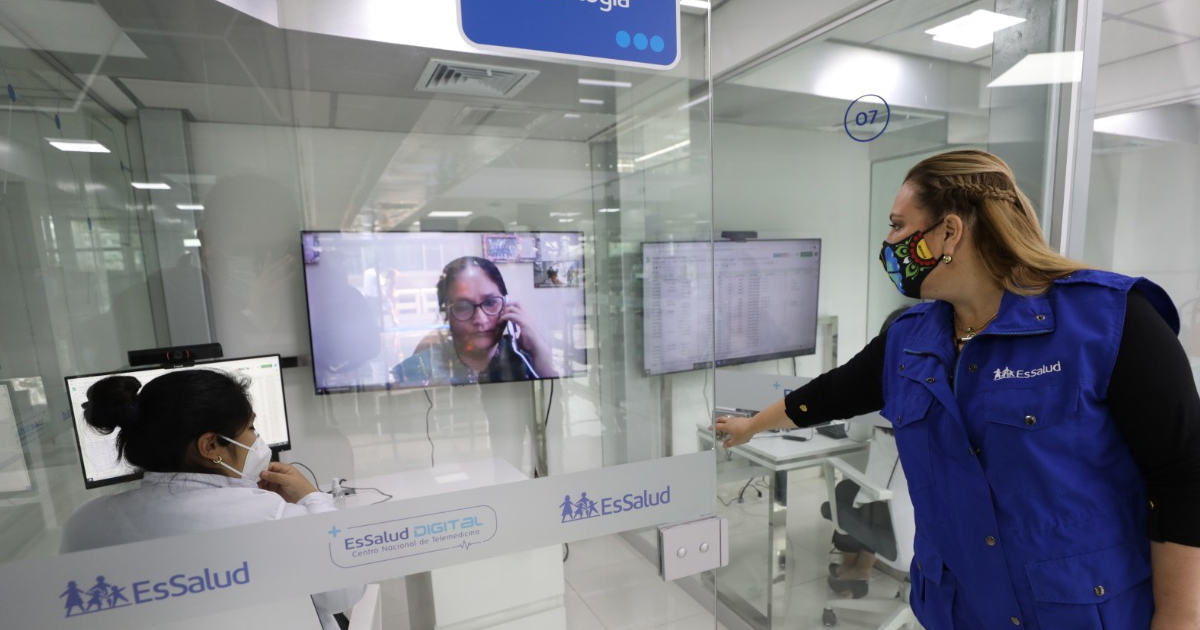The Ministry of Health (Minsa), will submit for debate the new provisions for the implementation of telehealth throughout the country, through the draft of the Framework Law on Telehealth, and the Legislative Decree.
The draft law, which seeks to promote the scope that telehealth has in the country, was made public to the citizens on the official site of the Minsa. The Minsa will be in charge of designing, formulating, planning, directing, conducting, coordinating, regulating, supervising and periodically evaluating the National and Sectorial Telehealth Policy, in order to keep these provisions updated. Within this law, it is proposed that the Minsa also establish the objectives and strategies that the National Telehealth Plan will carry out.

On the other hand, with respect to the National Telehealth Network, established some years ago, the institutions that will make it up are the Regional Health Directorates (Diresa) in each region, the Integrated Health Network Directorates (Diris) and the Health Service Provider Institutions, whether they are private, public or mixed.
On the other hand, Chapter VII of the Health Interoperability Law shows the responsibilities of the Ministry of Health, Diresa, and Ipress in guaranteeing interoperability, which is defined as "the capacity of the systems of various organizations to interact with agreed-upon and common objectives in order to obtain mutual benefits". This interaction implies that "health facilities share their information and knowledge through the exchange of data between their respective information and communication technology systems in order to finally optimize the use of resources in health services".
The five main axes are the provision of health services, such as telemedicine and their management, tele-management, as well as education and communication to the population for the use of technologies, and likewise with the personnel, since the aim is to strengthen their capacities through tele-training. Finally, the fifth axis refers to the application of technologies directly in health services.
A PERUVIAN MAN
https://elperuano.pe/noticia/112466-reglamento-de-la-ley-marco-de-telesalud-en-debate
MINISTRY OF HEALTH





